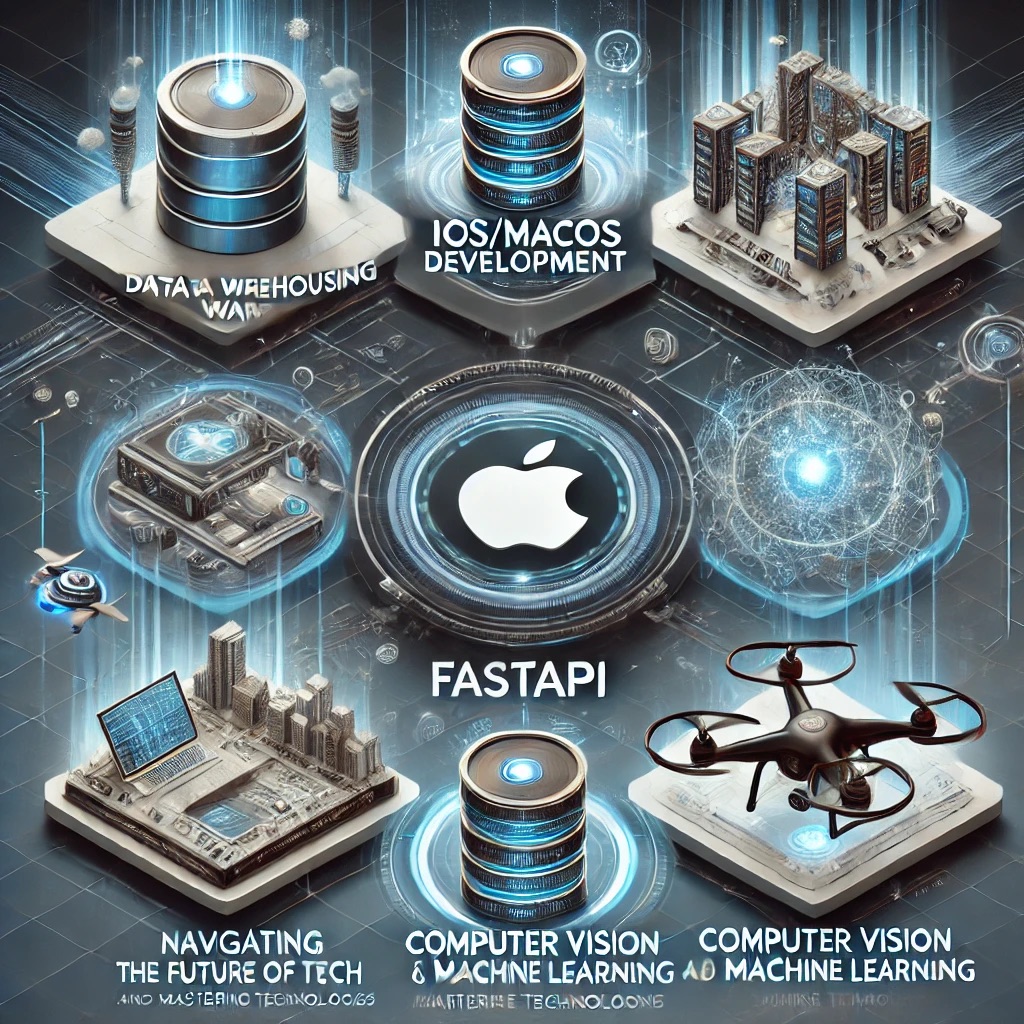In the rapidly evolving landscape of macOS development, creating sophisticated and responsive desktop applications requires mastery of modern frameworks and tools. SwiftUI, Apple’s declarative user interface framework, is revolutionizing the way developers build software for macOS by offering a cohesive, unified approach. This article explores how SwiftUI enables rapid, efficient, and creative application development and discusses best practices for achieving desktop excellence.
SwiftUI Fundamentals and Benefits
SwiftUI offers a declarative syntax that simplifies code structure. Instead of focusing on imperative-style programming with UIKit or AppKit, SwiftUI allows developers to declare what the UI should look like, and the framework takes care of rendering it.
1. Declarative Syntax: With declarative programming, you describe the desired UI state, and SwiftUI updates views automatically when data changes. This significantly reduces boilerplate code and improves readability.
2. Cross-Platform Code Sharing: SwiftUI is designed to share code between macOS, iOS, iPadOS, tvOS, and watchOS, enabling you to create consistent UIs across Apple’s ecosystem.
3. Live Previews: SwiftUI’s live previews in Xcode make UI prototyping a breeze. You can edit views and see immediate updates without recompiling.
4. Performance Optimization: SwiftUI delivers fluid graphics performance by leveraging Core Animation and Core Graphics, which can utilize Metal as needed for efficient rendering. However, SwiftUI itself does not directly interact with Metal.
Building a Modern macOS Application with SwiftUI
1. Architecture and State Management:
-
-
- MVM (Model-View-Model): This unique pattern specific to SwiftUI offers a more streamlined approach to managing data and UI than traditional architectures. Here, the Model contains the app’s data, the View renders the UI, and the Model itself directly informs the View with the necessary data. This approach makes sense in many applications because:
-
- Simplicity: The Model and View directly communicate without the need for a separate ViewModel, reducing architectural complexity.
- Performance: The streamlined data flow minimizes latency, making real-time updates feel more responsive.
- Direct Data Binding: SwiftUI’s data-binding capabilities, such as property wrappers like @State, @Binding, and @ObservedObject, work seamlessly with this model.
-
- MVM (Model-View-Model): This unique pattern specific to SwiftUI offers a more streamlined approach to managing data and UI than traditional architectures. Here, the Model contains the app’s data, the View renders the UI, and the Model itself directly informs the View with the necessary data. This approach makes sense in many applications because:
-
-
-
- MVVM (Model-View-ViewModel): The MVVM pattern is still commonly used when it makes sense, particularly in applications that require more complex data manipulation or business logic. By introducing a separate ViewModel layer, developers can isolate data processing and provide a clear separation of concerns. This allows for better testability, more modular code, and separation between UI logic and business logic.
-
-
-
- Combine Framework: The Combine framework complements SwiftUI by providing reactive programming tools to handle asynchronous data flows. It facilitates seamless data changes from Model to View. For instance, Combine enables you to manage network requests or real-time data updates with features like Publishers and Subscribers.
-
2. Comprehensive Components:
-
-
- Grids and Lists: SwiftUI provides built-in views for displaying data, such as List and LazyVGrid, which are crucial for macOS apps that often rely on comprehensive lists.
-
-
-
- Toolbars and Menus: SwiftUI natively supports macOS-style toolbars and menus. Menu views and ToolbarItem provide highly customizable navigation for desktop users.
-
3. Advanced UI Features:
-
-
- Drag and Drop: SwiftUI simplifies implementing drag-and-drop functionalities across views, enabling seamless data sharing.
-
-
-
- Custom Animations: With matchedGeometryEffect and other animation tools, you can build eye-catching transitions and effects.
-
4. Interoperability with AppKit:
-
-
- Hosting Views: SwiftUI views can host AppKit components via the NSHostingView class, and vice versa. This is particularly useful for legacy projects or when specialized controls are needed. However, managing different architectures can be challenging due to differences in lifecycle management and data flow.
-
Best Practices for Desktop Excellence
1. Optimize for Different macOS Devices: Ensure your application is fully responsive across MacBook and desktop systems by using adaptive layouts.
2. Keyboard and Trackpad Support: macOS users often rely on keyboard shortcuts and gestures. Implement intuitive shortcuts and leverage the new gesture APIs.
3. Accessibility: Build inclusive apps by adhering to Apple’s accessibility guidelines and using the SwiftUI Accessibility API to enhance the experience for all users.
4. Testing and Debugging: Use the new Xcode testing tools to simulate different hardware configurations and ensure that your application performs well across the macOS ecosystem.
5. Energy Efficiency: macOS devices have different power requirements, so ensure your application is optimized for performance and energy efficiency through efficient data processing and memory management.
Conclusion
SwiftUI is changing how developers approach macOS development by offering a unified framework for creating powerful, modern applications. By leveraging its declarative syntax, live previews, and seamless integration with the Combine framework, you can rapidly build and refine your application. The recent adoption of the MVM pattern in SwiftUI allows developers to simplify data architecture while maintaining clarity between layers. Meanwhile, the MVVM pattern remains valuable for applications that need a more comprehensive data processing layer. By adhering to best practices in architecture, design, and performance optimization, you’ll achieve desktop excellence that resonates with users and stands out in the competitive landscape of macOS apps.
How I Can Help
If you’re seeking expert software development and consulting to ensure your projects achieve exceptional results, look no further than High Vision Systems LLC. With a comprehensive understanding of technical and leadership strategies across diverse technology stacks, we empower teams to excel in creativity and problem-solving while maintaining strong stakeholder relationships. Contact me today to see how our tailored solutions can help your projects reach their highest potential.
Further Reading
[Apple’s SwiftUI Documentation]
[Apple’s Combine Documentation]
[WWDC Session on SwiftUI and Combine]
[SwiftUI by Example: Practical Examples and Tips]



